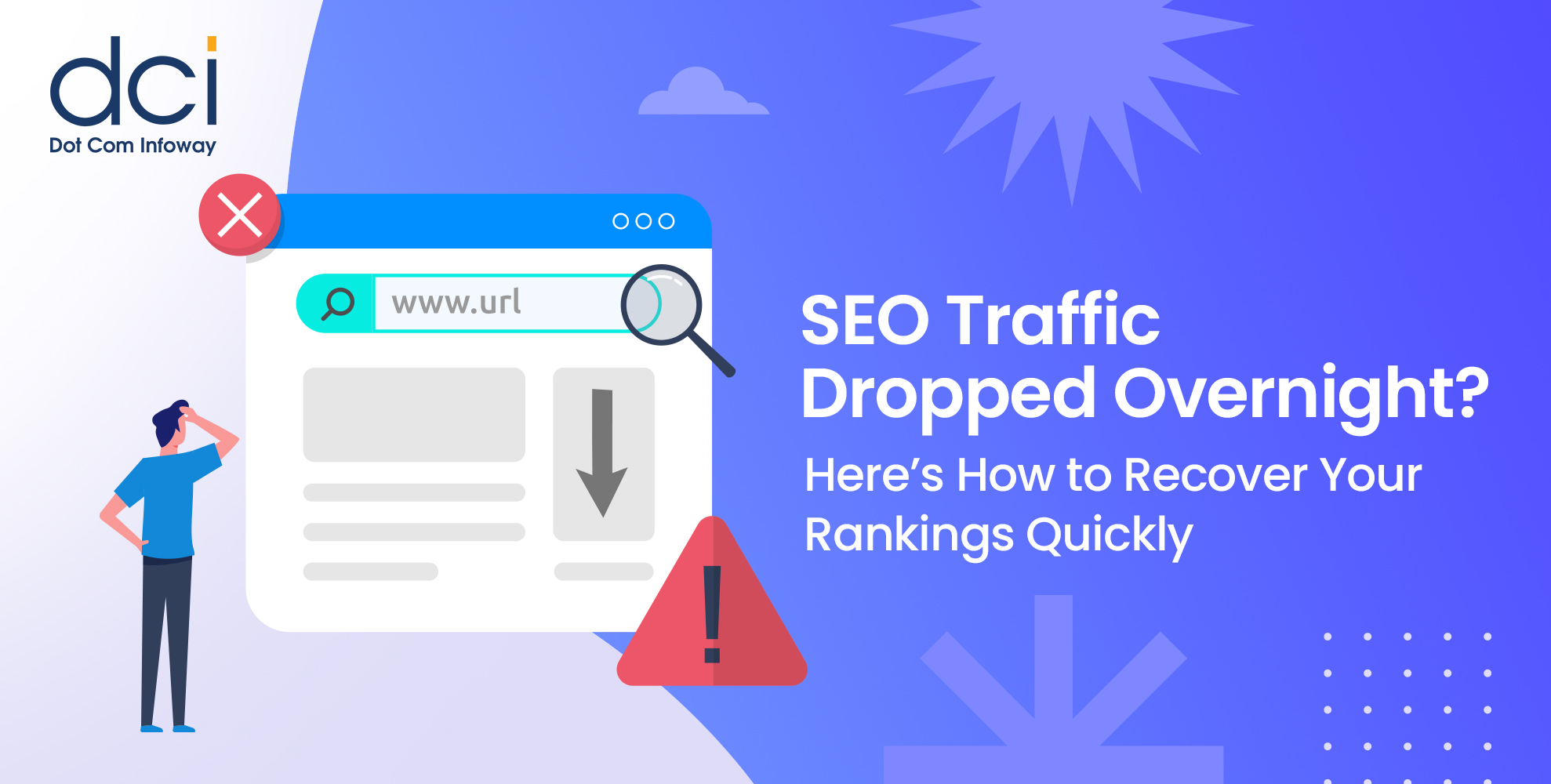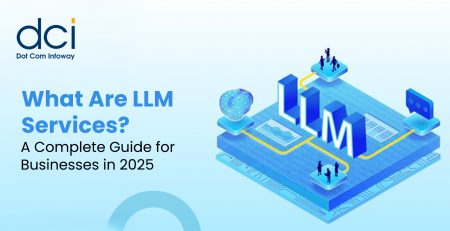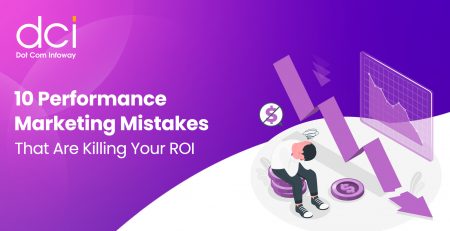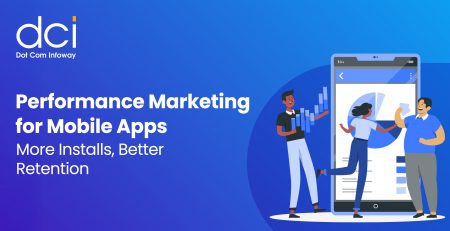SEO Traffic Dropped Overnight? Here’s How to Recover Your Rankings Quickly
When your SEO traffic drops overnight, it feels like the bottom has fallen out from under your business. One day you’re celebrating steady clicks, conversions, and engagement, and the next, it’s like your website has vanished from search results. The panic is real, and the stakes are high. Whether you run a small blog or a large e-commerce platform, losing organic traffic can have a ripple effect on your revenue and growth. But the good news? Recovering those lost rankings isn’t just possible—it’s manageable with the right approach. In this guide, we’ll explore the potential causes behind sudden traffic drops and offer practical steps to get your site back on track.

Common Causes of an Overnight Drop in SEO Traffic
One of the first things to understand when you see your SEO traffic drop overnight is that the cause isn’t always immediately obvious. Sudden declines often leave website owners scratching their heads, but in most cases, the root issue can be identified through careful analysis. Algorithm updates are often the primary culprit, especially if Google has recently rolled out a core update. When Google adjusts its search algorithm, it may affect how pages rank based on changes to relevance, backlinks, or content quality.
Another common cause is technical SEO errors. These include broken links, server downtime, or issues with indexing that prevent Google from properly crawling your pages. Penalties from duplicate content, keyword stuffing, or spammy backlinks can also wreak havoc on your rankings. Additionally, manual penalties may be issued if Google finds violations of its webmaster guidelines. In some cases, the cause is as simple as a change in search intent or seasonal fluctuations in search volume. Understanding the “why” is crucial because different issues require different recovery strategies. By identifying the root cause, you’re better equipped to make targeted improvements rather than waste time with generic fixes.
Immediate Steps to Take When SEO Traffic Drops
Before making any drastic changes to your site, it’s important to stay calm and conduct a thorough assessment. Start by checking Google Search Console for any warning messages or manual action notifications. If Google has flagged an issue, it will often provide details about what went wrong and how to address it. Common notifications may include issues related to unnatural backlinks, mobile usability, or indexing problems that could be affecting your visibility.
Next, dive into your site’s performance metrics using Google Analytics. Identify the exact day the traffic decline started and review which pages experienced the biggest impact. Look for patterns—did the drop affect your entire site or just a few key pages? Once you have this information, check if any major Google algorithm updates occurred around the same time by consulting industry sources like SEMrush or Moz. If no update is responsible, the next step is to investigate deeper using tools like Screaming Frog, Ahrefs, or SEMrush’s site audit tool to uncover technical issues such as broken links or crawl errors.
Fixing Technical SEO Errors That Could Be Hurting Your Traffic
Technical SEO issues are notorious for causing sudden traffic drops, but the good news is they’re often the easiest to fix once identified. One of the major culprits is crawling and indexing errors, which can prevent Google from properly accessing your content. Use Google Search Console to check for deindexed pages or crawl anomalies. If search engines aren’t crawling your site effectively, it’s like having a billboard in the middle of nowhere—no one will see it. Broken links and redirect chains are another common problem, creating a frustrating user experience and confusing search engines. Conduct a thorough audit of your internal and external links, fixing any 404 errors or redirect loops to restore your site’s credibility.
Mobile-friendliness is equally important, especially with Google’s mobile-first indexing. Websites that don’t provide a seamless mobile experience—such as slow-loading pages or poor design on small screens—are likely to see rankings decline. Ensure your site loads quickly and is optimized for mobile users. Also, check for duplicate content, which can dilute your SEO authority. Tools like Copyscape or Siteliner can help detect duplicate pages, allowing you to consolidate or remove them. After resolving these issues, re-submit your sitemap to Google to encourage proper crawling and indexing.
How to Recover From Google Algorithm Updates
If your SEO traffic drop coincided with a major Google update, recovery will require time, patience, and a strategic approach. The first step is understanding the nature of the update—was it targeting spammy content, low-quality backlinks, or poor page experience? For instance, Google’s Helpful Content Update prioritized rewarding websites that provide genuinely useful, user-centric content. If your site was impacted, it’s a sign that your content strategy may need a revamp. Audit your top-performing pages that experienced declines and evaluate whether they’re still addressing users’ search queries effectively. If the content is outdated or no longer relevant, update it with fresh, accurate information and consider adding multimedia elements like videos, infographics, or images to enhance user engagement.
Backlinks also play a critical role in recovery. If your rankings were penalized due to spammy or low-authority backlinks, using Google’s Disavow Tool can help eliminate harmful links. Simultaneously, shift your focus to building a strong, organic backlink profile by creating linkable assets, contributing guest posts, or collaborating with industry partners. As you work on improving content and building authoritative backlinks, consistency is key. Publishing high-quality content regularly signals to search engines that your site is reliable and valuable, helping to restore your rankings over time.

Ready to boost your website’s rankings and online visibility?
Discover how our expert SEO services can resolve ranking issues, drive traffic, and elevate your website’s performance to the next level!
Improving Content Relevance and User Engagement
One of the most effective long-term strategies for recovering lost SEO traffic is improving the quality and relevance of your content. Search engines reward pages that offer real value to users, and this starts with understanding search intent. For example, if your previous content targeted broad keywords like “SEO tips,” consider shifting to long-tail variations like “SEO tips for small businesses” or “SEO tips to improve local rankings.”
Also, focus on engagement metrics such as bounce rate, dwell time, and pages per session. If users are quickly leaving your site after landing on it, search engines may interpret this as a sign that your content isn’t meeting their needs. To combat this, optimize your page layout with engaging headers, concise introductions, and internal links that guide users through your site.
The Role of Backlinks in Restoring Lost Rankings
Backlinks are the backbone of SEO, but they can be a double-edged sword. When high-authority sites link to your content, it boosts your credibility in the eyes of search engines. However, if you’ve built links from spammy sites or purchased low-quality backlinks, you could be facing penalties.
During recovery, focus on earning organic, relevant backlinks. One way to do this is by creating linkable assets, such as in-depth guides, infographics, or case studies that others naturally want to reference. Outreach campaigns targeting industry blogs and forums can also help secure quality links. Remember, it’s not about the quantity of backlinks but their relevance and authority.
How Long Does It Take to Recover Lost Rankings?
The recovery timeline depends on the cause of the traffic drop and the steps you take to fix it. For minor technical errors, you could see improvements within a few weeks of making corrections. However, if your site was affected by a core algorithm update or received a manual penalty, recovery can take months.
During this period, it’s important to consistently monitor your progress using tools like Google Analytics and Ahrefs. Track your keyword rankings, organic traffic, and backlink profile to ensure you’re moving in the right direction.
Conclusion
An overnight drop in SEO traffic can feel catastrophic, but with a clear action plan, you can recover your lost rankings. By addressing technical issues, adapting to algorithm changes, and continuously optimizing your content and backlinks, you can restore your site’s visibility and even emerge stronger. Remember, SEO is a long-term investment, and setbacks are just part of the journey. Stay committed, monitor your progress, and success will follow.















